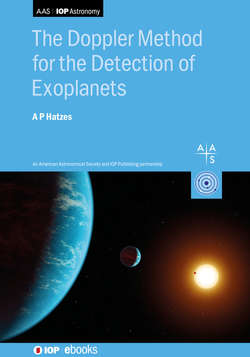Читать книгу The Doppler Method for the Detection of Exoplanets - Professor Artie Hatzes - Страница 27
На сайте Литреса книга снята с продажи.
2.3.2 Quantum Efficiency
ОглавлениеThe QE of a modern CCD depends on whether the CCD is front- or back-side illuminated. The front side of the CCD is where the polysilicon wires that control the charge transfer are attached. These absorb all the UV (or blue) photons before they can reach the photosensitive layers (left panel of Figure 2.14).
Figure 2.14. Comparison of a front-side-illuminated CCD (left) to a back-side-illuminated CCD (right).
To improve the efficiency, one can turn over the CCD to avoid photons striking the polysilicon wires (right panel of Figure 2.14). One can also apply an antireflection (AR) coating, which is not possible with the polysilicon wires present. However, now the CCD p-Si layer is too thick for photons to reach the depletion zone. This is remedied by thinning the p-Si layer from 625μm to about 15μm. This is a nonstandard process that decreases the yield of CCD chips and thus increases the costs. Devices are often destroyed during the thinning process. However, the increase in QE, often by a factor of 2–3, is well worth the risk.
One disadvantage of thin devices is that the CCD is now more transparent to near-infrared photons, making the red response of the CCD poorer. The gain in the blue, however, more than offsets the loss at redder wavelengths. Virtually all modern CCDs in use at astronomical observatories are thin, front-side-illuminated devices.
Modern CCDs can be optimized for better performance in either the red or blue wavelength regions. Figure 2.15 shows the QE curves for red- and blue-optimized CCDs from MIT Lincoln Labs. The red-optimized CCD reaches a QE of nearly 100% in the wavelength range 7000–8000 Å. However, the response below 4000 Å is quite low at approximately 20%. The blue-optimized CCD now has a much improved QE of approximately 90%, but with only a slight loss at red wavelengths. The performance of all CCD detectors dies off at approximately 10,000 Å, due to the fact that photons no longer have sufficient energy to dislodge electrons from the silicon atoms.
Figure 2.15. The quantum efficiency versus wavelength for an MIT/LL CCD. Such curves are typical for modern CCD detectors. (Data courtesy of ESO.)
